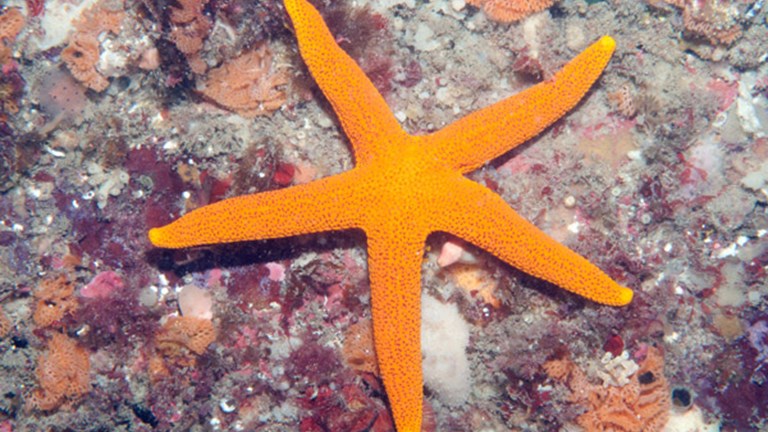
Am I living?
Concepts such as living, non-living and once-living are explored through images and related activities.
The resources below are designed to assist in the teaching of biological sciences, physical sciences and earth and space sciences from Foundation to Year 2.
Using these early years science learning resources, teachers are encouraged to develop inquiry-based learning activities which investigate questions such as:
The biological sciences resources include an insect picture book, digital images and insect videos illustrating that living things have basic needs. Colourful scientific digital images are accompanied by a suggested teaching and learning approach.

Concepts such as living, non-living and once-living are explored through images and related activities.
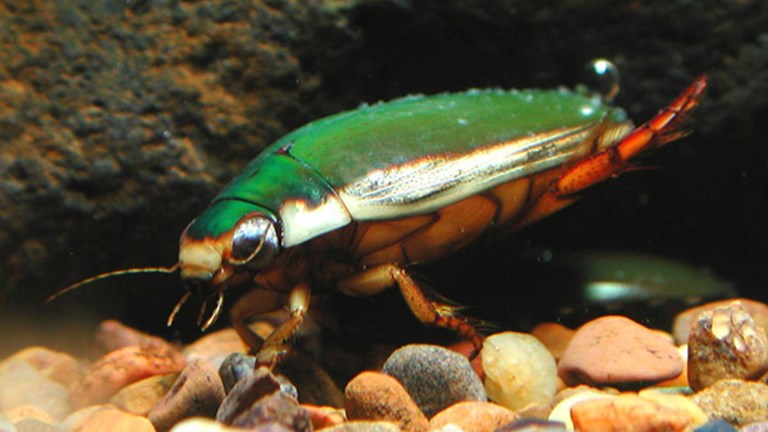
The concept of habitat is introduced through analysis of four images of insects living in different places.
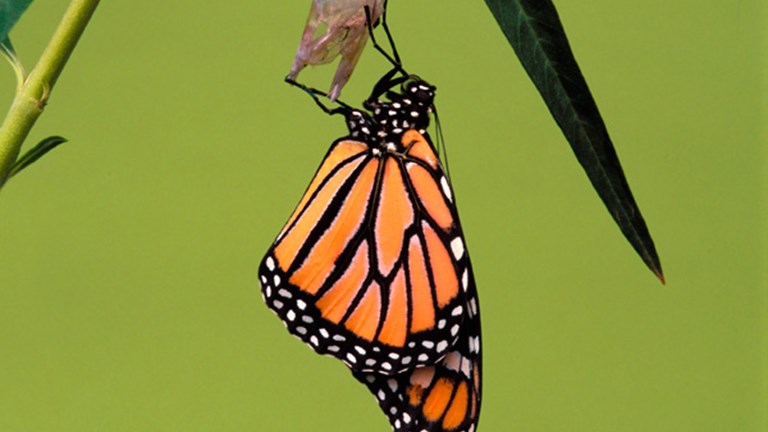
How insects grow and change is investigated through an example of the Wanderer Butterfly life cycle.
The physical sciences digital images in the teacher support materials focus on how objects move. Images of the objects in the physical sciences interactive on movement can be used to discuss how size and shape impact on the object’s movement.
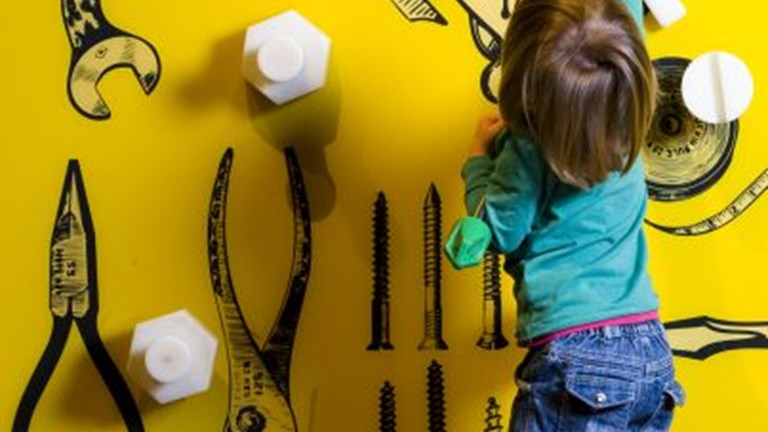
The nature of forces and motion is investigated by focusing on toys and children involved in play.

Forces which are needed to move toys are discussed and students make comparisons between their own toys and those from different cultures.

The activities in this resource require students to make observations, predictions and use the words 'push' and 'pull' to describe how marionettes move.
To begin learning about earth and space sciences and their place in the cosmos, students can view videos of a museum astronomer describing observable changes in the sky, including animations rich in scientifically correct imagery. A series of image galleries has been designed to nurture student curiosity about changes on earth, such as day and night.
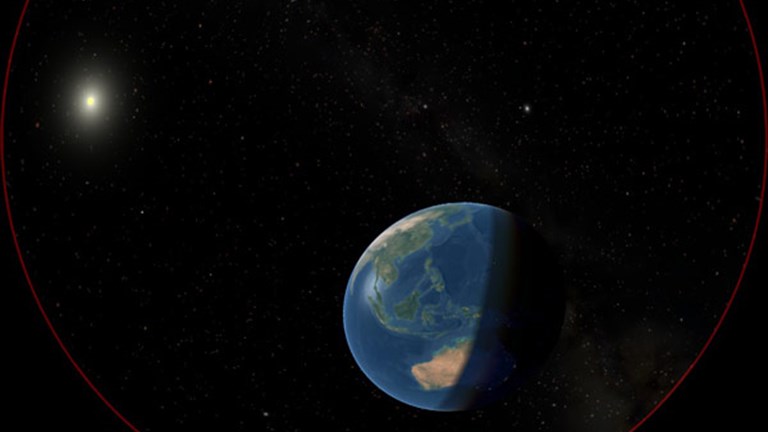
Changes in the sky are explored by looking at the relationship between the Sun and the Earth.

Students observe changes in the sky through examples of phases of the Moon.
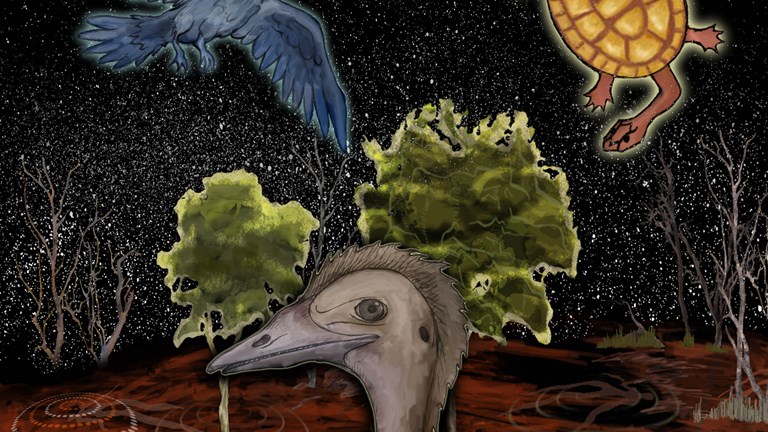
Through careful observations, students identify patterns and discover meanings of the stars.
We are making improvements to our website and would love to hear from you about your experience. Our survey takes around 10 minutes and you can enter the draw to win a $100 gift voucher at our online store!
Museums Victoria acknowledges the Wurundjeri Woi Wurrung and Boon Wurrung Bunurong peoples of the eastern Kulin Nations where we work, and First Peoples across Victoria and Australia.
First Peoples are advised that this site may contain voices, images, and names of people now passed and content of cultural significance.